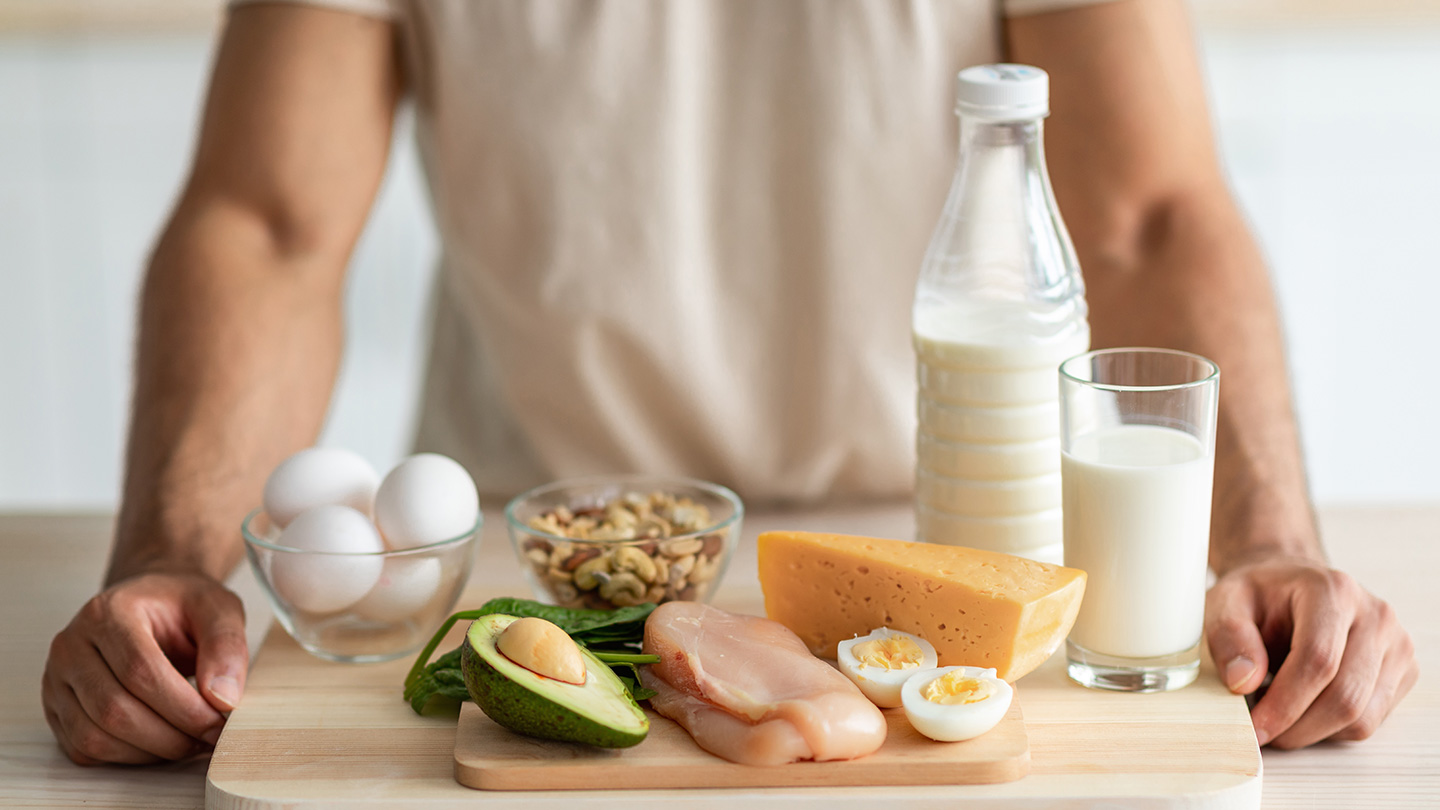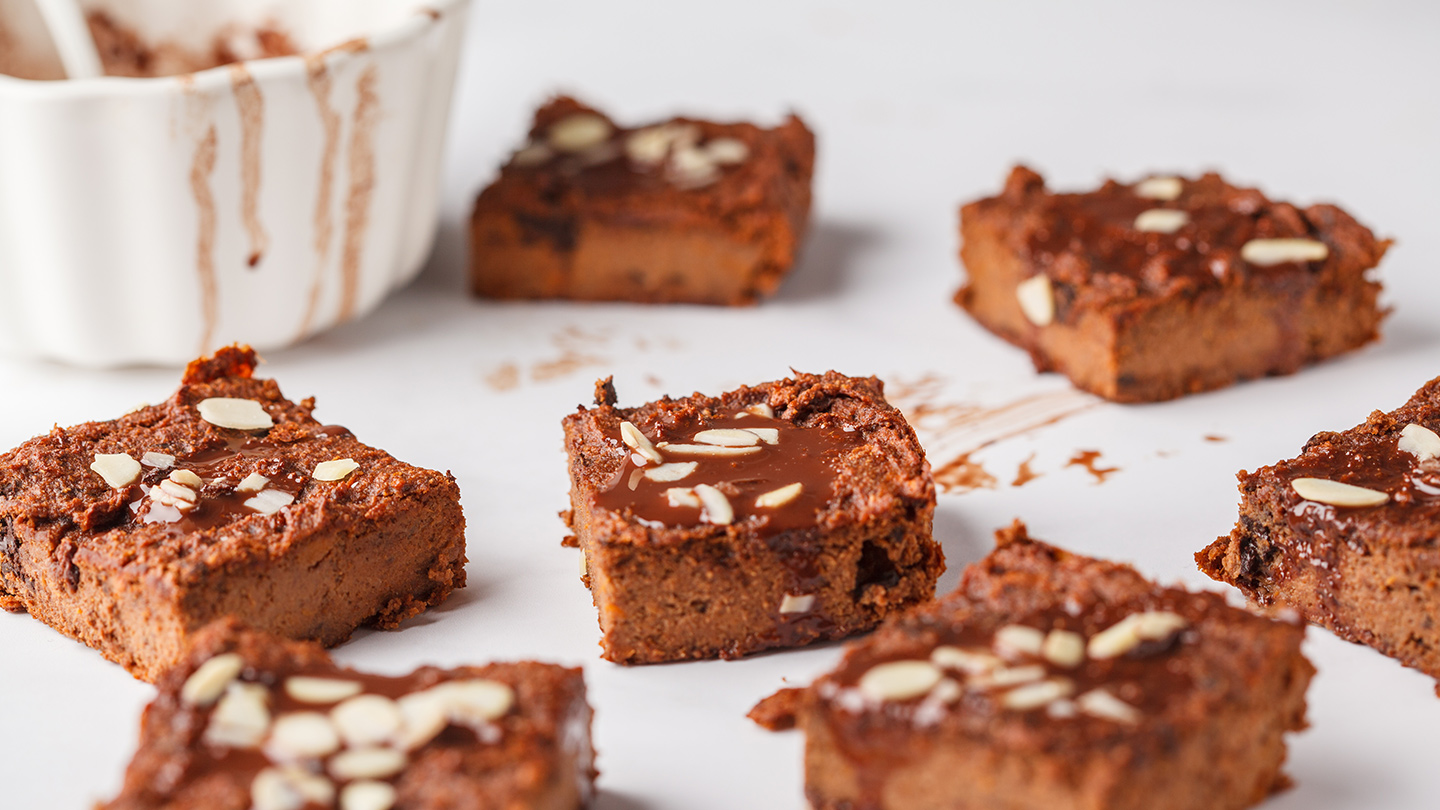Nutrition
Optimising Your Protein Intake: A Research-Backed Guide for Fitness Enthusiasts
Most gym-goers in India stress on protein powders and skip out on real nutrition. Here’s a science-backed guide to getting it right, with practical tips by nutritionist Dr. Nikita Suresh.

In India’s fitness circles, protein has almost become a buzzword; shakes, scoops, and powders dominate the conversation. But building muscle or improving performance isn’t just about cramming protein in; it’s about how, when, and from where you get it. The body absorbs protein best when it’s spread across meals rather than taken in one go, and that food and plant-based protein sources may offer long-term benefits over heavy reliance on supplements. To dig deeper, we have also included tips from Dr. Nikita Suresh, PhD (Nutrition), Nutritionist & Fit India Ambassador who shares practical strategies and Indian meal examples to help gym-goers optimise their protein intake without falling into hyped myths.
Related Story: Are You Eating More Protein Than You Actually Need?
How Much Protein Do You Really Need?
Protein needs vary depending on lifestyle and activity level. Here are general guidelines as recommended by the Indian Council of Medical Research:
- Sedentary adults: 0.8–1 g per kg of body weight daily.
- Recreationally active adults: 1.2–1.6 g/kg/day is sufficient for muscle repair and recovery.
- Strength or endurance athletes: The International Society of Sports Nutrition (ISSN, 2017) suggests 1.6–2.2 g/kg/day for optimal muscle synthesis.
Myth vs Fact: The Anabolic Window:
- Myth: You must have protein within 30 minutes after your workout, or the gains are lost.
- Fact: Recent evidence, including a 2020 meta-analysis in Nutrients, shows that while protein post-workout is helpful for recovery, total daily intake and distribution across meals matter much more. Muscle protein synthesis is maximised when you spread protein intake about 20 to 40 g per meal throughout the day. The so-called “anabolic window” (A short, critical period after exercise, when your muscles are especially primed to absorb protein and rebuild more efficiently) is not just 30 minutes but lasts for several hours, giving you flexibility as long as you’re consistent.
Expert Insights: Practical Tips from Dr. Nikita Suresh:
Here are some tips for gym-goers, especially those who prefer whole foods over protein powders:
Protein is best absorbed if spread through the day rather than in large quantities at once. The best way is to incorporate a protein source in every meal and snack. Especially post-workout, have a meal high in protein. And starting your day with a protein-rich breakfast ensures there is no sudden energy crash, helps with sustained energy, and keeps you full for longer compared to carb-based meals.
She also emphasises that protein isn’t just for muscle mass; it’s a hunger regulator, promoting satiety and preventing overeating later in the day.
Protein Pitfalls: Common Mistakes Indian Gym-Goers Make:
1. Over-reliance on protein powders
Supplements are convenient, but an “all-shake diet” is far from optimal. Powders lack the natural fibre, vitamins, and phytonutrients that whole foods offer. Diets built on diverse whole-food proteins support better long-term metabolic health compared to supplement-heavy diets. In India, whole foods like dal, paneer, eggs, chicken, and millets provide complete nutrition and are easily accessible. Additional supplements are best used to fill gaps, not replace meals.
Related Story: Ingredients to Avoid in Protein Powder
2. Ignoring traditional protein sources
Ironically, Indian kitchens are stocked with underrated protein powerhouses like sattu, chana, rajma, curd, sprouts, and seeds, yet many gym-goers chase only chicken breast and whey. These foods are affordable, sustainable, and culturally familiar. For example, sattu parathas in Bihar or chickpea curry in Punjab are not just comfort foods but excellent protein options. By reviving these traditional staples, Indians can meet protein needs without straining budgets.
3. Skipping carbs entirely
Low-carb or keto-inspired fads are popular among fitness enthusiasts, but they can backfire. Without carbs, the body starts using protein for energy, leaving less available for muscle repair. This is particularly risky for people training intensely. Pairing roti, rice, or millets with proteins like dal, chicken, or tofu improves protein utilisation, a concept supported by the Food and Agriculture Organization’s protein quality assessment. Balanced plates are smarter than extreme restrictions.
4. Protein loading at night
A common mistake in India is having light breakfasts (chai-biscuit) and saving heavy protein-rich meals for dinner. Studies such as Moore et al. (2015, Journal of Nutrition) show that even distribution of protein across meals (20 to 40 g each) stimulates muscle protein synthesis more effectively than a single heavy meal. Instead of waiting until dinner, aim to include paneer cheela at breakfast, dal with lunch, and nuts as snacks to maximise muscle repair and satiety.
5. Inadequate hydration
High-protein diets naturally increase nitrogen by-products that need to be flushed out by the kidneys. Without adequate water intake, especially in India’s hot and humid climate, this can lead to dehydration, kidney strain, and digestive discomfort. A 2020 review in Nutrients stressed that hydration is key to safe high-protein diets. Gym-goers should consciously drink enough fluids, ideally plain water or lemon water, rather than just relying on caffeinated drinks.
Meal Plans: Indian Diets That Hit the Protein Mark:
Dr. Nikita has designed veg and non-veg sample plans that meet gym-goers’ protein needs without powders:
Vegetarian Plan (~70–80 g protein)
- Breakfast: Paneer poha or paneer cheela
- Lunch: Sattu paratha with rajma masala, vegetable salad, and Greek yoghurt
- Snack: Chickpea and sprouts salad with roasted nuts and seeds
- Dinner: Quinoa roll with vegetables and soya chunks / paneer tikka
Related Story: A Nutritionist's Guide To Eggless, High Protein Breakfast Ideas
Non-Vegetarian Plan (~100 g protein)
- Breakfast: Egg dosa or egg sandwich
- Lunch: Foxtail millet chicken biryani with mixed vegetable raita
- Snack: Ragi pancakes (made with milk and egg)
- Dinner: Roti with chicken curry and vegetable stir fry
Related Story: Recipe: Protein-Rich Stuffed Chicken Breast
Activities That Hinder Protein Utilisation:
- Excessive alcohol: Interferes with protein synthesis (Journal of Strength & Conditioning Research, 2014).
- Chronic stress: Elevated cortisol impairs muscle repair and increases protein breakdown.
- Sleep deprivation: A 2020 study in Nutrients linked poor sleep with reduced efficiency of protein metabolism.
- Skipping recovery: Overtraining without rest reduces the body’s ability to use protein for muscle repair.
As Dr. Nikita reminds us: “Protein isn’t just about muscles, it’s about sustained energy, better appetite control, and overall metabolic health.”
Get instant access to personalised nutrition advice just for you. Sign up here.
EXPLORE MORE
Fibremaxxing is everywhere on social media but is doubling down on fibre really the secret to better gut health, or can one overdo it?
Fudgy, rich, and naturally nutrient-packed, these sweet potato brownies offer deep chocolate flavour with wholesome ingredients that nourish as much as they satisfy.
A practical look at what to eat before and after exercise when insulin is part of your daily routine.
Bright, earthy, and naturally prebiotic-rich, this beetroot salad is a refreshing gut-friendly bowl that supports digestion, boosts good bacteria, and adds colour to your everyday meals.








.jpg)

.jpg)
.jpg)
